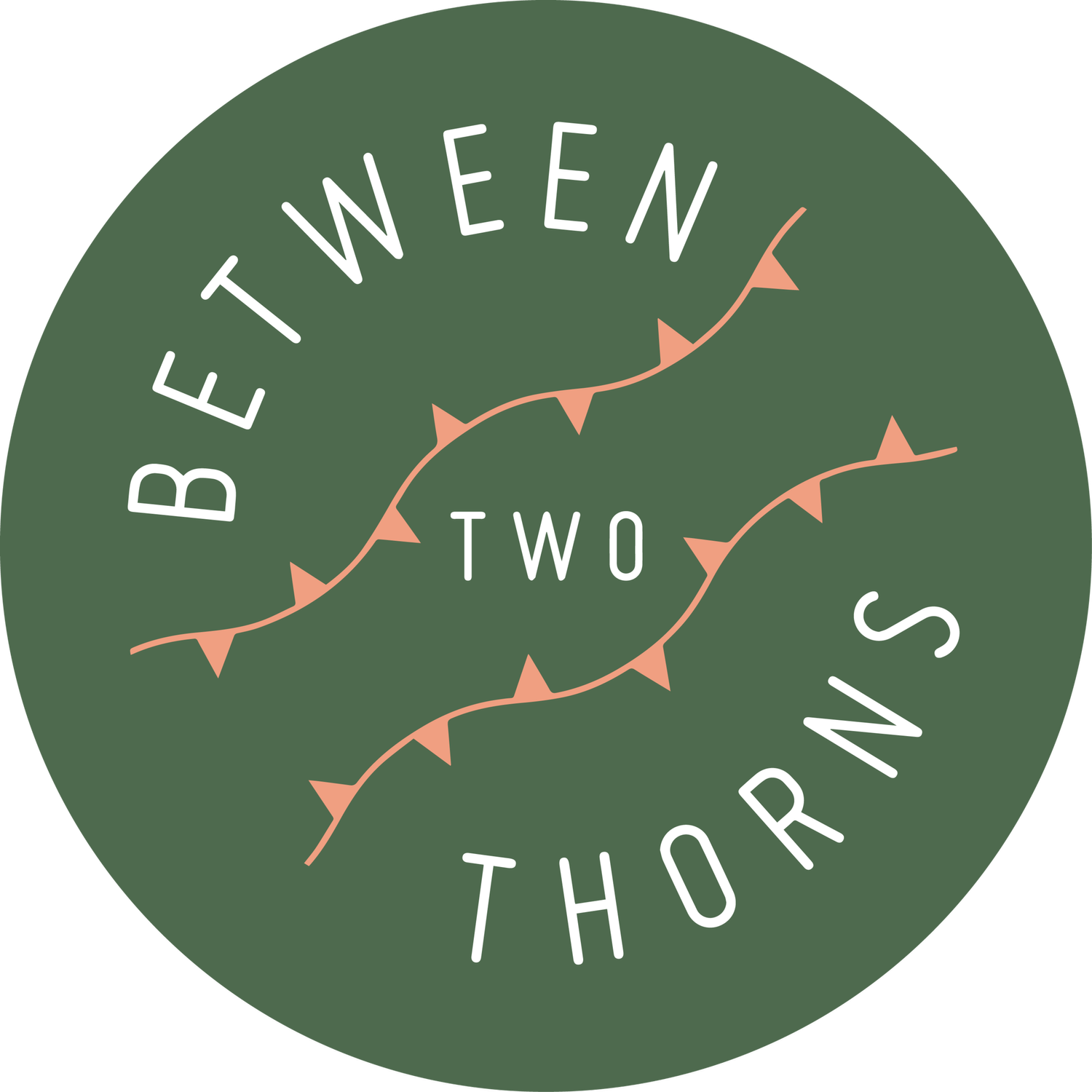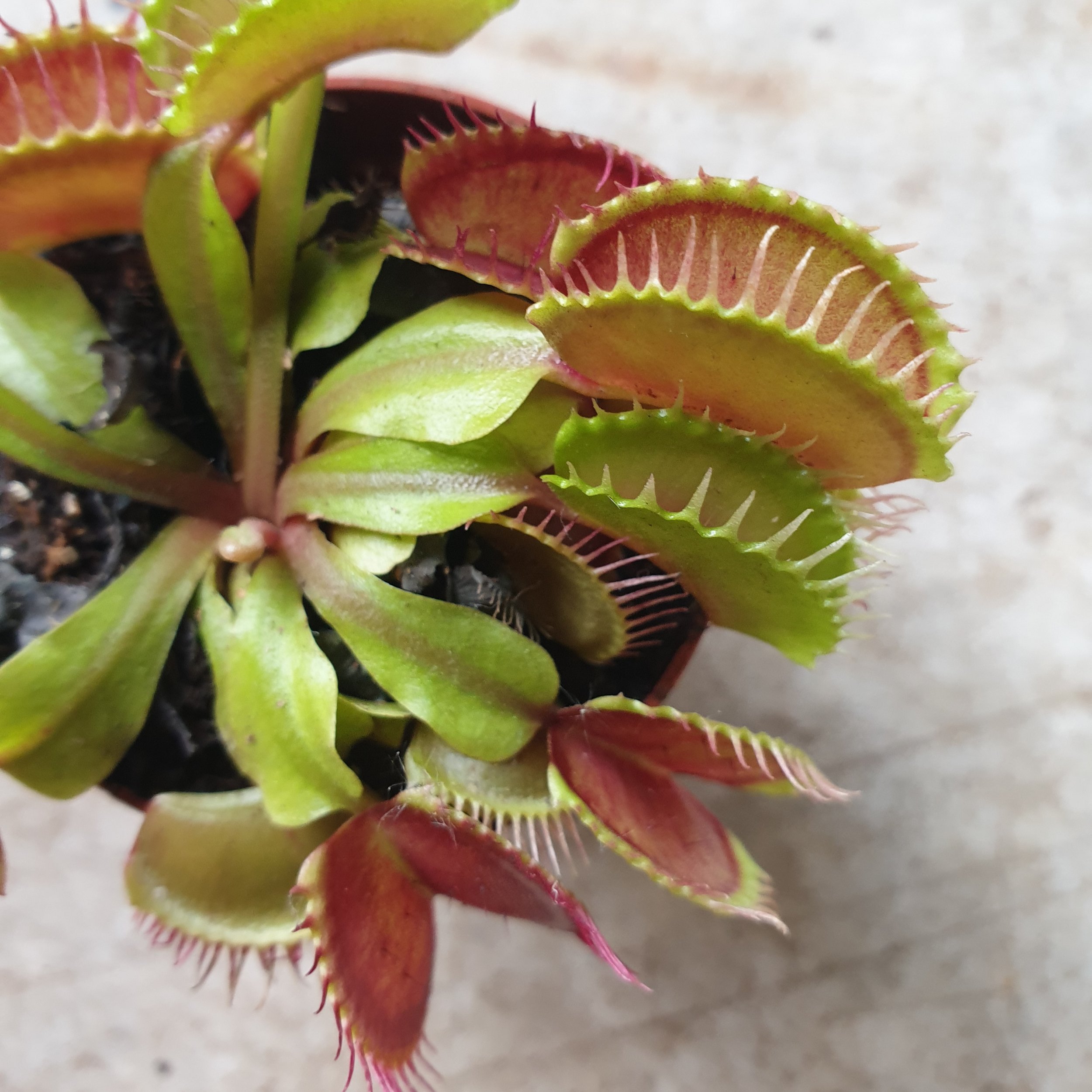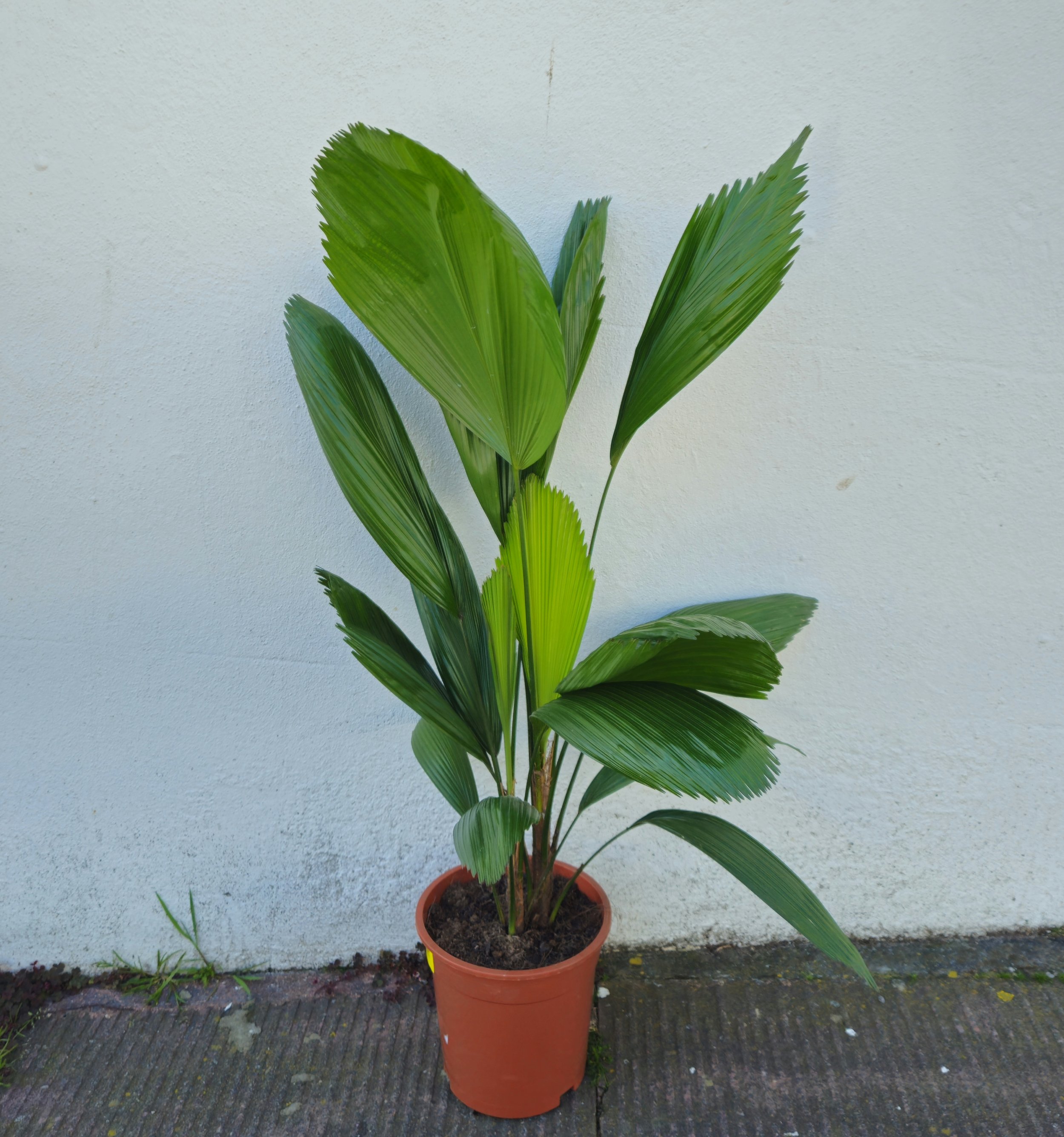Venus Fly Trap Care Guide
Welcome to the captivating world of Dionaea muscipula, well known as Venus fly traps! These mesmerizing carnivorous plants, which are native to the bogs of the Carolinas in the United States of America, are not just botanical marvels but intriguing insectivores.
Their iconic traps, triggered by unsuspecting prey, have fascinated plant enthusiasts for generations. In this comprehensive care guide, we'll delve into the secrets of nurturing these remarkable plants, exploring their unique needs, from optimal sunlight and watering techniques to winter dormancy care and the art of propagation.
Get ready to embark on a journey into the curious realm of Venus fly traps, where gardening meets the extraordinary.
How to Look After a Venus Fly Trap
Venus fly traps are fascinating plants but require specific care to thrive:
Light: Sunshine Lover: They need lots of direct sunlight, at least 4-6 hours daily. They will need partial shade from direct sun during the heatwaves. If you don’t have much direct sun then you can use a plant light.
Watering: Moist but Not Drenched: Use distilled water or ideally rainwater, keeping the soil moist but not soggy. You can also keep the pot on top of a tray and use the tray method.
Tray method: Place the pot in a dish with water, allowing the plant to absorb what it needs, top up the dish as the water is used. Avoid tap water and fertilizers.
Feeding: Feed with insects every 2-4 weeks during the growing season. Trigger the trap by placing insects at the center, triggering the hairs inside the traps, letting it close naturally. Only one to two traps need feeding at a time. Use insects of an appropriate size so that the trap can close fully. Avoid overfeeding; the traps need time to digest.
Humidity and Temperature: Moderate Conditions: Venus fly traps prefer humid environments (40-60% humidity) and cooler temperatures around 70°F (21°C) during the day and slightly cooler at night.
How to Care for a Venus Fly Trap in Winter
Winter Dormancy: Reduce watering and keep the plant in a cooler area, around 35-50°F (1-10°C) during winter. The plant goes dormant; its growth slows or stops entirely. Trim dead leaves but don't panic if they turn black—it's natural.
The Venus Fly Trap is certinly a fan favourite - check out some of our other bestselling houseplants here.
When and How to Repot a Venus Fly Trap
Signs of Overcrowding: Repot when the pot becomes crowded or when the plant outgrows its current container. Use a mixture of sphagnum moss and perlite in a ratio of 1:1.
How Often Should You Water a Venus Fly Trap
Keep the soil moist, not wet: Water when the soil starts to dry out. Using the tray method ensures the plant gets the right amount of hydration without overwatering.
Best Soil for a Venus Fly Trap
Acidic and Moist: A mixture of sphagnum moss and perlite or sand is ideal. Avoid regular potting soil as it contains minerals harmful to these plants.
How to Propagate a Venus Fly Trap
By Division: During the growing season, divide mature plants by carefully separating the rhizomes (root-like structures). Each division should have several healthy traps and roots.
Fancy growing your very own Venus Fly Trap? Pick up one of our bug-eating plant kits:
Venus Fly Trap Information and Facts
Native Habitat: Found in boggy, acidic soil in the Carolinas in the US.
Distinctive Traps: The traps snap shut when triggered by prey, utilizing tiny trigger hairs inside. It's a survival tactic as they grow in nutrient-poor environments.
How Do Venus Fly Traps Work
Trap Mechanism: When an insect touches trigger hairs twice within 20 seconds, the trap closes rapidly, imprisoning the prey. It secretes enzymes to digest the insect, absorbing nutrients for growth.
What Does a Venus Fly Trap Eat
Insectivorous Diet: Primarily consumes insects like flies, spiders, ants, and beetles. Avoid feeding it non-insect food.
Do Venus Fly Traps Flower
Yes, They Do: During the growing season, they produce flower stalks with small white flowers. However, some growers prefer to remove the flower stalks to conserve energy for trap growth.
How Big Can a Venus Fly Trap Get
Size Varies: Typically, traps reach around 5-6 inches in diameter, but growth can vary based on care, environment, and genetics.
Remember, patience is key with Venus fly traps. Providing proper care and environment will reward you with a healthy and fascinating plant!
FAQ Guide for Venus Fly Traps
For more information on how to care for your Venus Fly Trap and what they can eat, please see the below Venus Fly Traps FAQ:
-
Venus fly traps can live up to 20 years when given proper care. With the right conditions and care, they can thrive for many years.
-
Trigger the trap by placing live insects at the center of the open trap. The trap will close naturally around the insect.
-
Feed your Venus fly trap every 2-4 weeks during the growing season. Overfeeding can stress the plant, so moderation is key.
-
Blackening of traps is a natural part of their life cycle. If the entire plant is turning black, it might be due to overexposure to minerals in water or inadequate sunlight.
-
If your Venus fly trap looks unhealthy, ensure it gets enough sunlight, uses distilled/rain water, and maintains proper humidity. Trim dead or blackened parts and be patient; it might recover with proper care.
-
From seeds, Venus fly traps can take 3-5 years to mature fully. However, they can start catching insects within months after planting.
-
Yes, Venus fly traps require plenty of direct sunlight, at least 4-6 hours a day, to thrive and develop their traps.
-
They require specific care but can be rewarding with the right attention. Proper lighting, water, and soil are crucial for their health.
-
Venus fly traps are non-toxic to humans and most pets. However, it's best to prevent pets from ingesting them as consuming non-digestible plant material might cause discomfort.
-
Yes, Venus fly traps can catch and consume small spiders that trigger their trap mechanism.
-
They're not adapted to consume fruits. Stick to feeding them live or dead insects for their nutritional needs. Opt for bugs a third of the trap's size.
-
Yes, but the trigger hairs will need to be activated after the trap has closed. It's much easier to feed the plant live bugs.
-
Yes, Venus fly traps can consume various insects like mealworms, woodlice, ants, and even wasps, provided they're small enough to trigger the trap.















